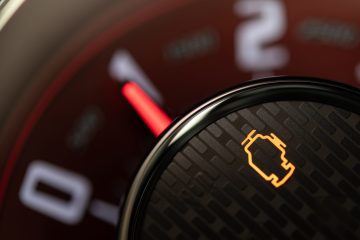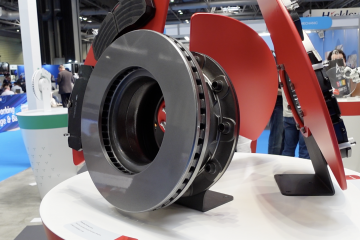Nearly one in seven vehicles that passed their MOT in 2020 should have failed, according to an investigation by What Car? magazine.
Analysis of the DVSA’s MOT Compliance Survey (2019 – 2020) found that 13.58% of vehicles that passed their MOT should have failed. This equates to more than 2.9 million vehicles on UK roads with dangerous defects, according to the latest available MOT statistics.
For the 2019 – 2020 MOT Compliance Survey, a team of DVSA expert vehicle examiners retested a randomly selected sample of 1671 vehicles, which had undergone an MOT test at test stations across the UK. The aim of the study is to understand whether correct testing standards are being applied by the industry, and the DVSA disagreed with the test outcomes in 16.82% of cases, with 3.23% of failures deemed to be worthy of a pass certificate.
In 70.1% of cases, the DVSA found at least one defect which the MOT test station missed or had incorrectly recorded, while the DVSA experts disagreed with three or more defects in 56.5% of vehicles. Worryingly, safety critical features such as the brakes and suspension were subject to the biggest discrepancy between the DVSA and MOT testers. Brakes had the highest number of misdiagnosed defects, at 17.74%, followed by the suspension (14.56%), tyres (13.22%), and lights, reflectors and electrical equipment (11.51%).
Following its investigation, the DVSA issued 24 disciplinary action recordings and 179 advisory warning letters to the vehicle test sites it visited. Between them, they were responsible for 12.1% of all vehicles re-tested by the government agency.
What Car? surveyed 1,425 used car buyers as part of its investigation, with 11.9% stating they knew of a local garage that has a reputation for passing cars for their MOT. For 76.8% of buyers, a prospective car’s MOT record was either ‘very important’ or ‘important’ when deciding on whether to buy.
Chris Price, DVSA’s head of MOT Policy, said: “We carry out the MOT Compliance Survey to maintain MOT standards. The survey targets a random selection of vehicles and is designed to identify problems with MOT testing in order that we can put them right.
“The public can play their part in maintaining high MOT standards by reporting any concerns to us on GOV.UK.”
Key findings from the MOT Compliance Survey (2019 – 2020):
- In a randomised sample of 1800 vehicles, 1671 were retested by the DVSA Vehicle Examiners
- Of the vehicles that passed, 13.58% should have failed
- Of the vehicles that failed, 3.23% should have passed
- In 70.1% of vehicles, the DVSA found at least one defect which the MOT test station missed or had incorrectly recorded
- In 56.48% of vehicles, the DVSA found three or more defects which the MOT test station had missed or had incorrectly recorded
- In 2019 – 2020, the DVSA issued 24 Disciplinary Actions Recorded, and 179 Advisory Warning Letters to MOT test sites, following the re-testing of vehicles
Most common component areas where the DVSA disagreed with the MOT test station:
| Defect Category | % of incorrectly noted defects |
|---|---|
| Brakes | 17.74% |
| Suspension | 14.56% |
| Tyres | 13.22% |
| Lamps, Reflectors and Electrical Equipment | 11.51% |
| Visibility | 3.72% |
| Noise, emissions and leaks | 3.63% |
| Body, chassis, structure | 3.50% |
| Steering | 2.01% |
| Identification of the vehicle | 1.13% |
| Seat belt and supplementary restraint systems | 1.08% |



